Rendering
K Rend, Weber, & System Renders
We are approved in the application and use of Acrylic, silicone and other cement based non-breathable renders for use in modern buildings. For us the use of these renders is still best formed and finished by hand application techniques and spray applications are not carried out by ourselves. K Rend by Kilwaughter is strongly used as a catch all term for modern renders much like “Hoover is to vacuum cleaners”.
A multitude of finishes colour and base materials are available from the ranges of systems in place. System renders provide low cost, high output opportunities for clients to achieve large areas of wall coverage to new build properties emulating some of the finest contemporary looks available.
Weber, Sto and Tarmac all offer system renders that could be Monocouche, Silicone, Acrylic dry dash or tyrolean, scraped, textured smooth, thin coat, one coat the list goes on …
We can advise the particular products best suited to your client's needs, based on the background upon which they are to be put, the texture and finish and overall longevity of the products needed and the cost per square metre to suit budget constraints.
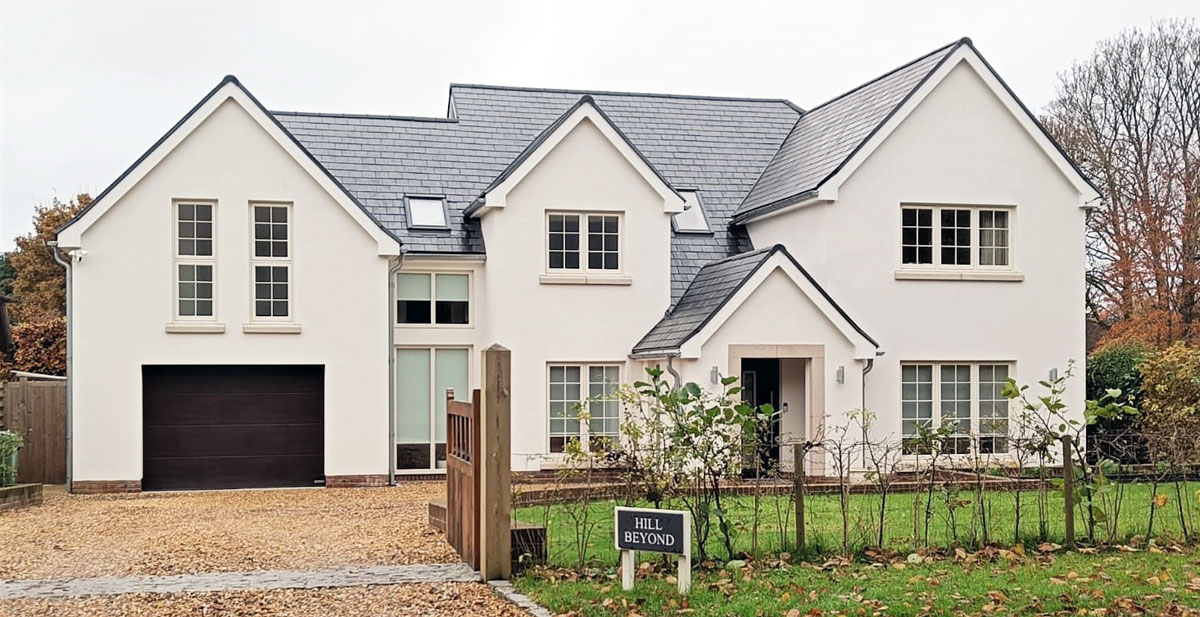
Keim Breathable Renders
KEIM's high-quality renders have many benefits, including top-class water vapour diffusion properties, sophisticated appearance and resistance to mechanical stresses. In addition to decorative materials which are important for design, KEIM also offers renders for special requirements such as renovation of walls damaged by salt and moisture. The product range from special adhesive renders for renovation work to special hydrophilic renders for moisture regulation.
Classic products such as lime renders and special fillers are included in the wide product range from KEIM.
- 1. Environmentally friendly and economical
- 2. System coordination and specification
- 3. Excellent processing properties
- 4. Specialised areas of application
- 5. Safe and proven, with optional warranty
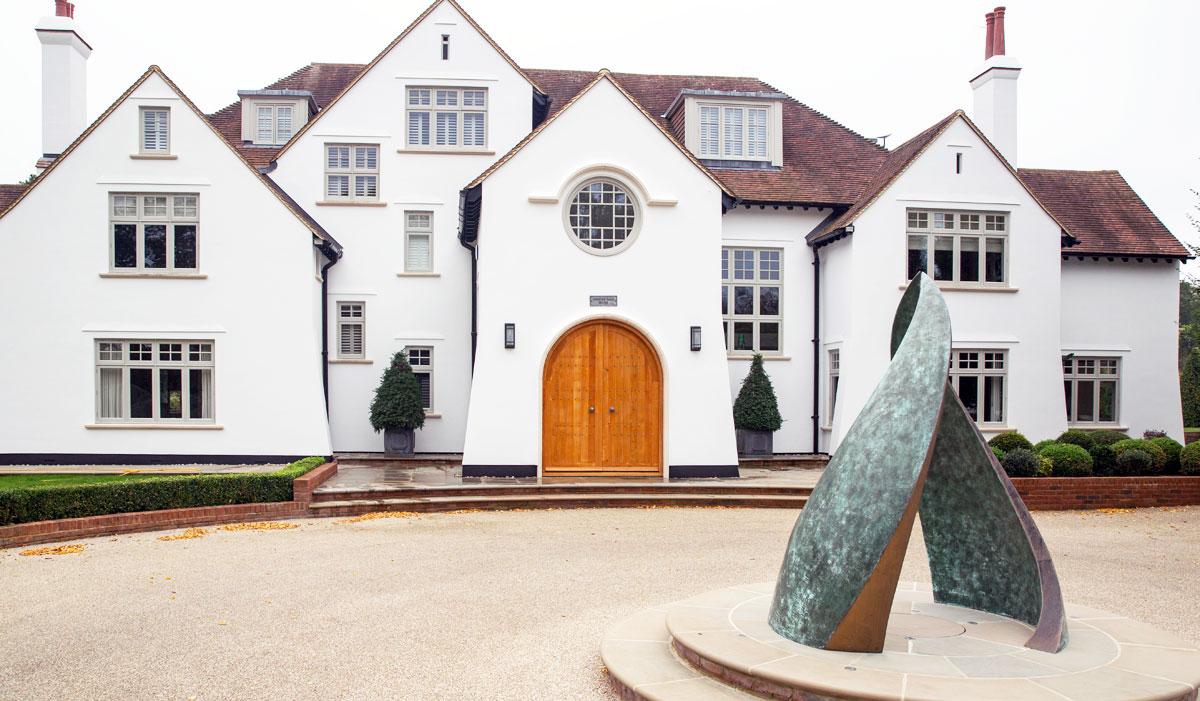
Keim Uniputz in Action
We were asked to survey a property in March 2023 that had been the subject of a failed render some 3 years previous, the failure due in the most part of the finish coats and their aesthetics. The building presented to us having had the outer surfaces stripped off using “ice blast” cleaning leaving a course texture / key to the old base coats. With assistance from Keim a “technical” render was suggested to be adopted as the best option to meet two specific client criteria, firstly that the product must be breathable and secondly that the finest of finish was to be achieved.
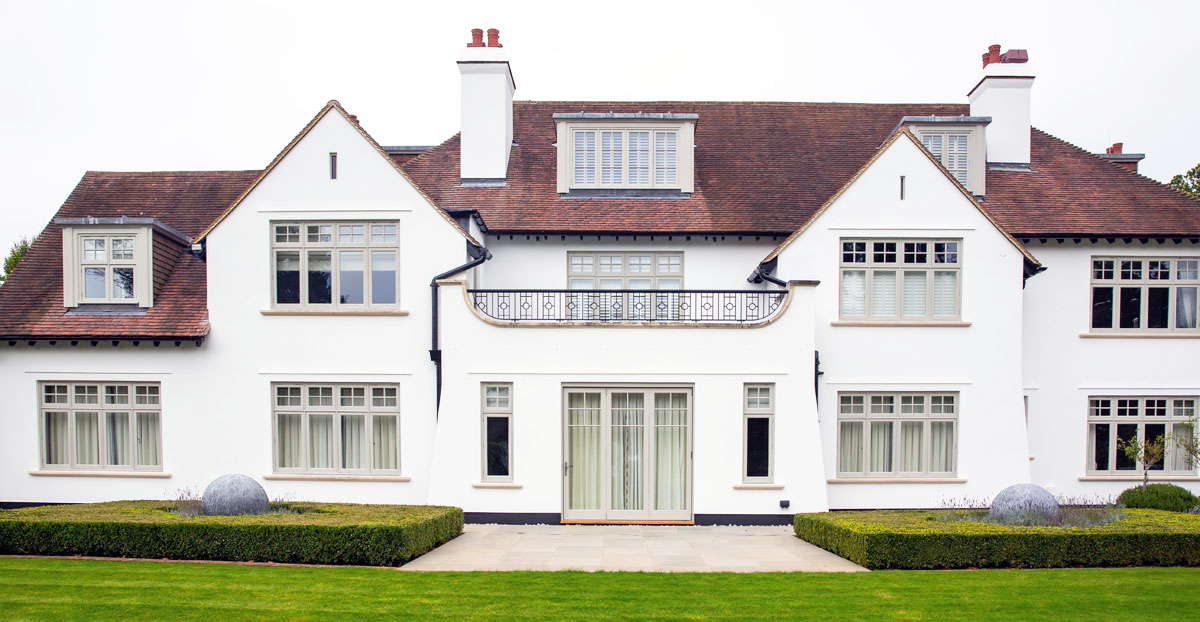
The specification produced relied upon using Uniputz 1.3 with full mesh embedment as a first coat treatment directly over the old base coats and finish with a fine coat of Uniputz 0.3 to provide the least texture and closest of trowelled finishes as possible.
The outcome for this property was amazing in terms of complementing the entire building and estate aesthetic. Application of materials was clean and efficient using select resources from our staff, who were able to work “with” the material by hand application throughout.
A stunning resurrection of this arts & crafts architectural masterpiece hidden in the Hampshire countryside.
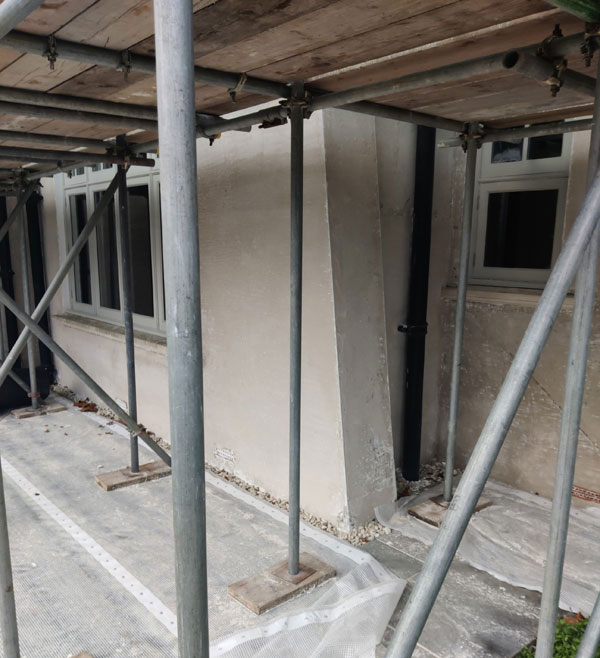
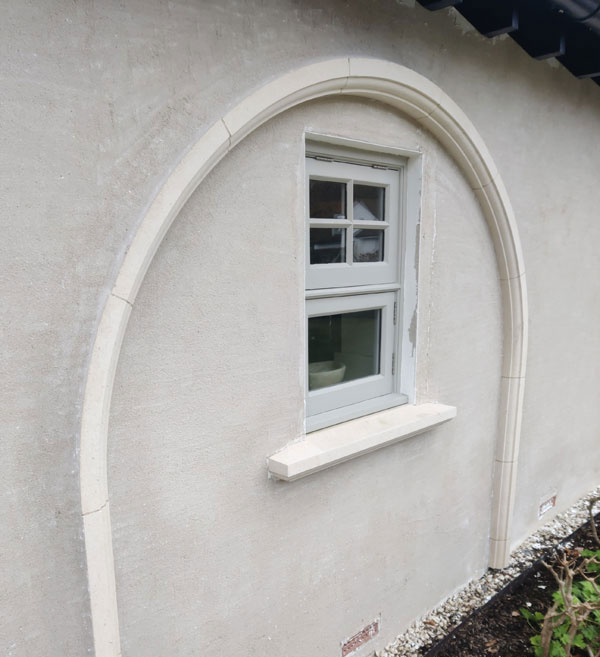
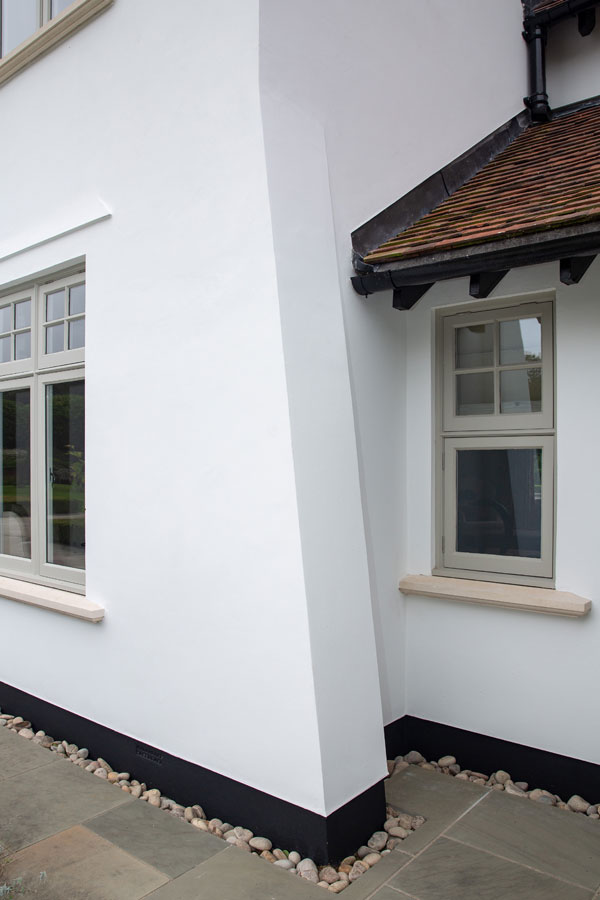
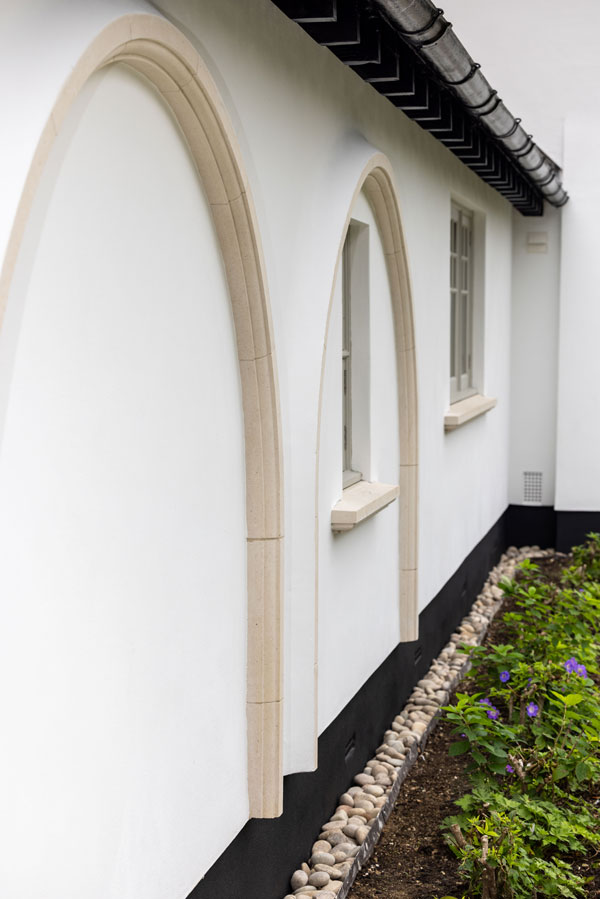
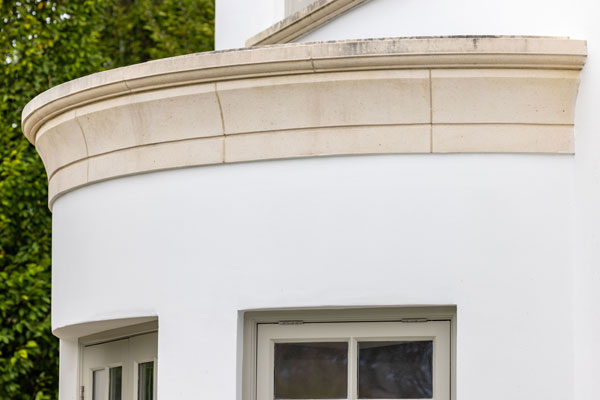
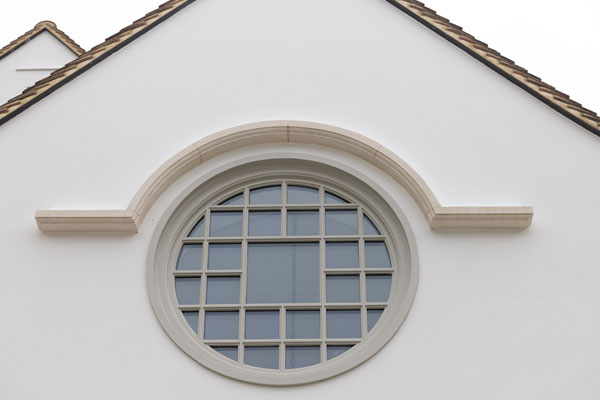
Traditional lime, Cob, Wattle & Daub
Lime is one of the world's oldest construction materials. It has a long and rich history from all around the world and can be found in many of the world's most iconic buildings.
Lime, on its own, has been used within the construction industry for over 2000 years. There is mention of it being used in the blends for, internal plaster, external render, and specifically, for use in moisture-rich environments such as aqueducts.
The beginning of the use of lime in mortars is not clear, however the Egyptians found that Limestone, when burnt and combined with water, produced a material that would harden with age. The first documented use of this was when the pyramids were rendered using a lime based mixtures. The Romans developed a hydraulic setting lime mortar with the addition of volcanic ash which is a pozzolan.
Lime continues to be used today as a more eco friendly building option when compared to cement. Lime is also used to repair traditional buildings because lime allows for more movement without cracking or damaging the original masonry. Lime can also be an excellent solution to damp problems as it takes on water and releases it reducing the chances that water will become trapped.
Benefits of lime
Workability - Lime mortar has a great plasticity. This makes it easy to work with and suitable for shaping into decorative settings. Adding water to lime activates the calcium oxide, this means that during the application it won't become slushy causing the immediate area to need additional cleaning.
Doesn't separate - Lime is an excellent binder. This prevents the mortar from crumbling away over time, ensuring it can withstand the elements.
Damp ingress protection - Lime is excellent at protecting against damp ingress. This is because lime can take on and release moisture rather than being fully waterproof.
Minimise shrink cracking -cement based renders expand and shrink with temperature, causing the surface to crack. This can spread further as moisture soaks in, eventually leading to crumbling or damage. Lime prevents this from happening and maintains the integrity of walls in some cases very small surfaces crazing is apparent however these are not cracks and often self-heal as lime renders cure over time.
- Lime mortar is softer than stone or brick, allowing it to accommodate smaller movements without cracking.
- Lime mortar is permeable and allows water vapours through.
- Lime mortar helps to keep a property dry inside without the need for damp proofing courses or chemical treatments.
- Lime mortar is more porous than masonry and encourages evaporation and sale deposition. This protects against the masonry itself decaying.
- Lime mortar can be blended with coloured sands to produce good, matching colour for older buildings.
Many of our projects have been the renovation of historic buildings and traditional finishes or the replication of same in modern structures with its obvious benefits in sustainability and ecology.
Finishing details to rendered facades can also be completed by our teams, running mouldings and artistic details can be completed using Roman Cement, a term which is a little misleading as currently production of materials is formulated from Lime.
True Roman Cements are no longer available and Roman cements are now based on Natural Hydraulic Lime or Prompt Natural Cement mixed on site with carefully blended aggregates to match the colour and properties of the original. Often these are applied to stone masons backings and provide contrast in either colour, shadow or silhouette.
Cob, cobb, or clom (in Wales) is a natural building material made from subsoil, water, fibrous organic material (typically straw), and sometimes lime.The contents of subsoil vary, and if it does not contain the right mixture, it can be modified with sand or clay. Cob is fireproof, resistant to seismic activity and uses low-cost materials, although it is very labour intensive. Its use has been revived in recent years by the natural building and sustainability movements.
Cob material is known by many names including lump clay, puddled clay, chalkmud, wychert, clay daubins, among some others but often as a reflection of its constituent material found locally (often in the own back yard of the property!).
Traditionally, English cob was made by mixing the clay-based subsoil with sand, straw and water using oxen to trample it. English soils contain varying amounts of chalk, and cob made with significant amounts of chalk are called chalk cob or wychert. The earthen mixture was then ladled onto a stone foundation in courses and trodden onto the wall by workers in a process known as cobbing. The construction would progress according to the time required for the prior course to dry. After drying, the walls would be trimmed and the next course built, with lintels for later openings such as doors and windows being placed as the wall takes shape.
The walls of a cob house are generally about 24 inches (61 cm) thick, and windows were correspondingly deep-set, giving the homes a characteristic internal appearance. The thick walls provide excellent thermal mass which was easy to keep warm in winter and cool in summer. The material has a long life-span even in rainy and/or humid climates, provided a tall foundation and large roof overhang are present.
Wattle and daub is a composite building method used for making walls in which a woven lattice of wooden strips called wattle is daubed with a sticky material usually made of some combination of wet soil, clay, sand, animal dung and straw. Wattle and daub has been used for at least 6,000 years. There are suggestions that construction techniques such as lath and plaster and even cob may have evolved from wattle and daub.
The wattle is made by weaving thin branches (either whole, or more usually split) or slats between upright stakes. The wattle may be made as loose panels, slotted between timber framing to make infill panels, or made in place to form the whole of a wall.
Daub is usually created from a mixture of ingredients from three categories: binders, aggregates and reinforcement. Binders hold the mix together and can include clay, lime, chalk dust and limestone dust. Aggregates give the mix its bulk and dimensional stability through materials such as mud, sand, crushed chalk and crushed stone. Reinforcement is provided by straw, hair, hay or other fibrous materials. The daub may be mixed by hand, or by treading - either by humans or livestock. It is then applied to the wattle and allowed to dry, and often then whitewashed to increase its resistance to rain.
Dash & Tyrolean finishes
Dash finishes more commonly referred to as Pebbledash has been used for many years for one main reason, the hard wearing properties and longevity of the render in hard environments like exposed hillsides or seafront properties. Many people have associated these finishes with poor quality homes built in the 1950's & 1960's along with a massive increase in DIY repairs to poor brickwork.
“… easy to apply and required no maintenance. It became particularly popular on seaside cottages where it created a weather-resistant layer. It was well-used in Scotland, where it was known as harling, and was applied to the finest castles, including Stirling …”
This is not truly the case and many beautiful houses built during the arts & crafts architecture period from 1860 through to the 1920's display this with some elegance.
Some revival of this design is occurring now with very heavy stone dash finishes complementing the buttress walls and detailed window openings, with soft curved bays and steeply angled roof lines. The latest of repute completed by ourselves earlier in 2023 at Sandbanks, Poole Dorset.
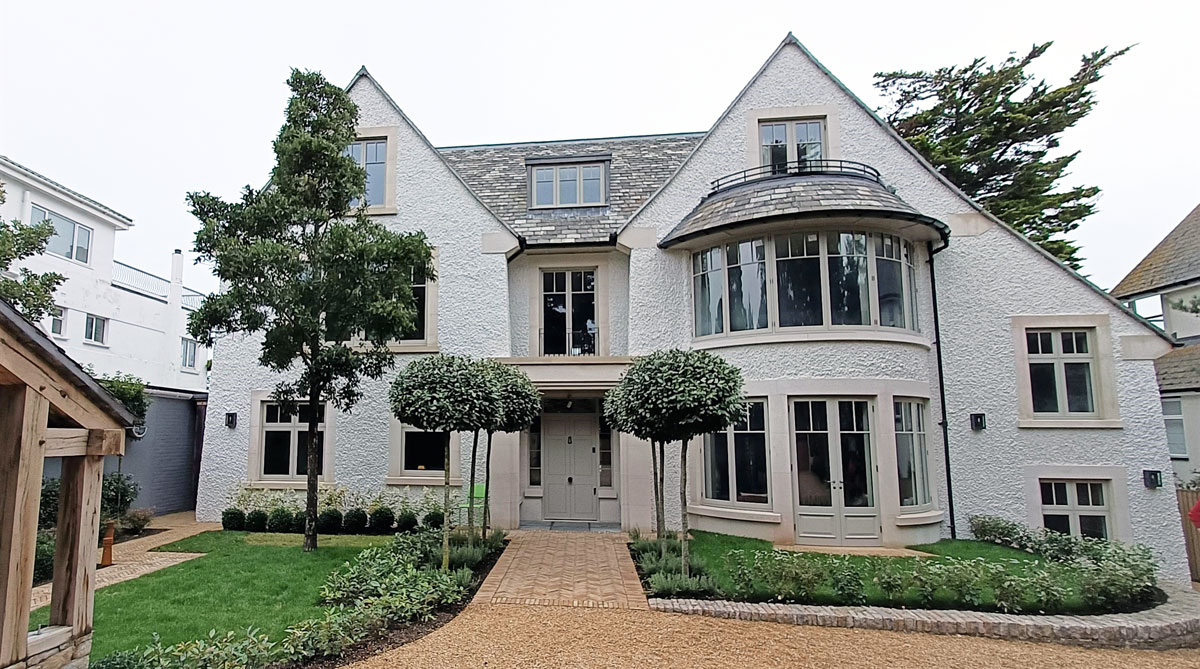
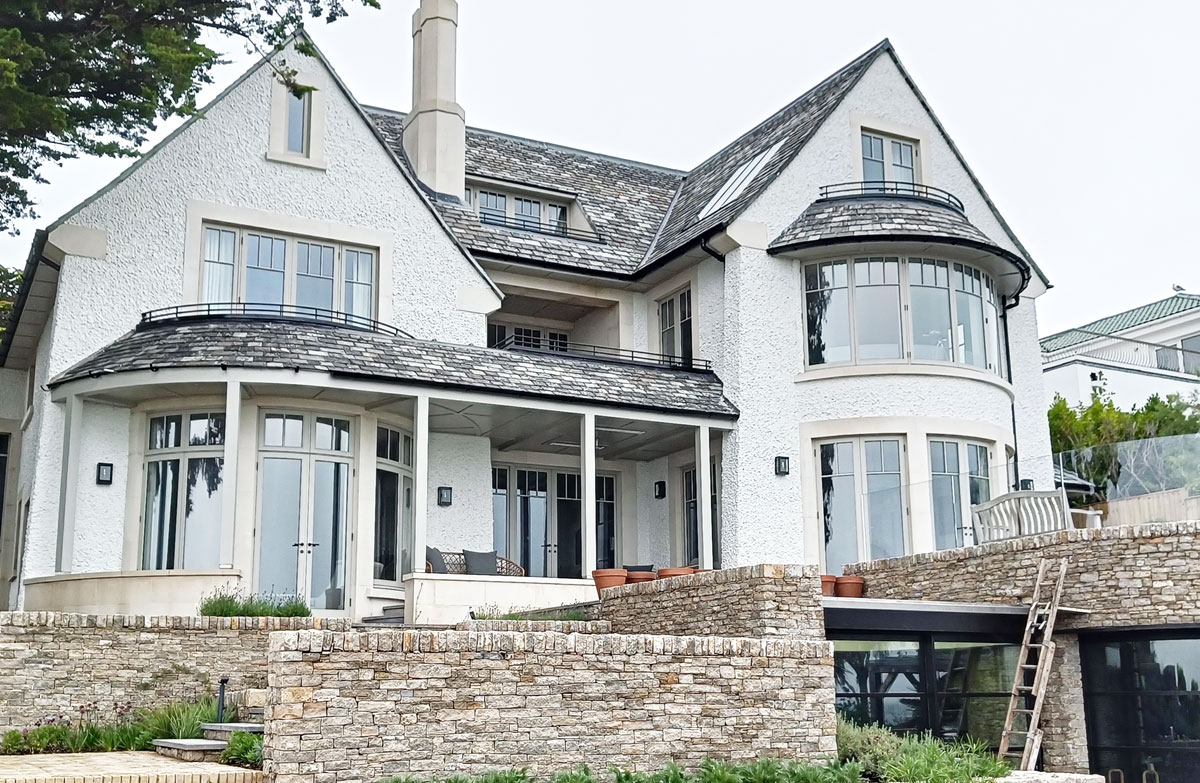
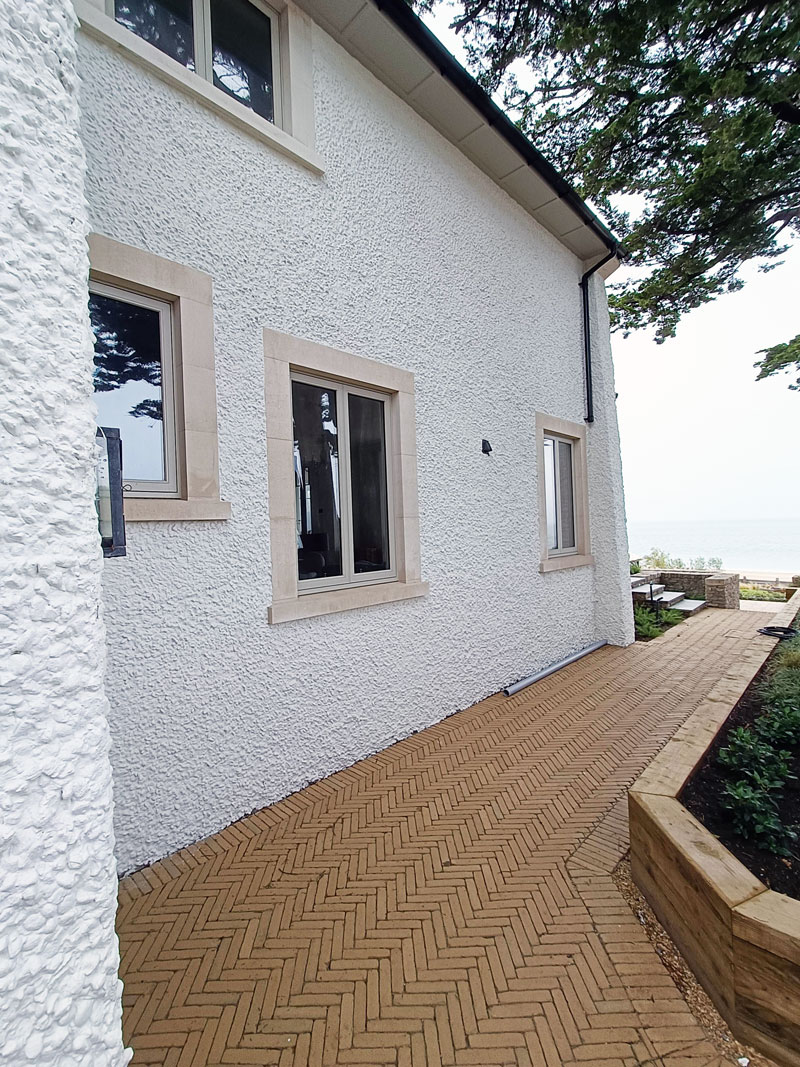
Tyrolean finishes are similar to that of dash in that aggregate / coarse sand are applied by being thrown at the surface of a wet render, however the material is lighter and less coarse than pebbles or stones and so is done so using an applicator with a rotating drum rather than physically thrown off a trowel and pressed into the surface of wet render.